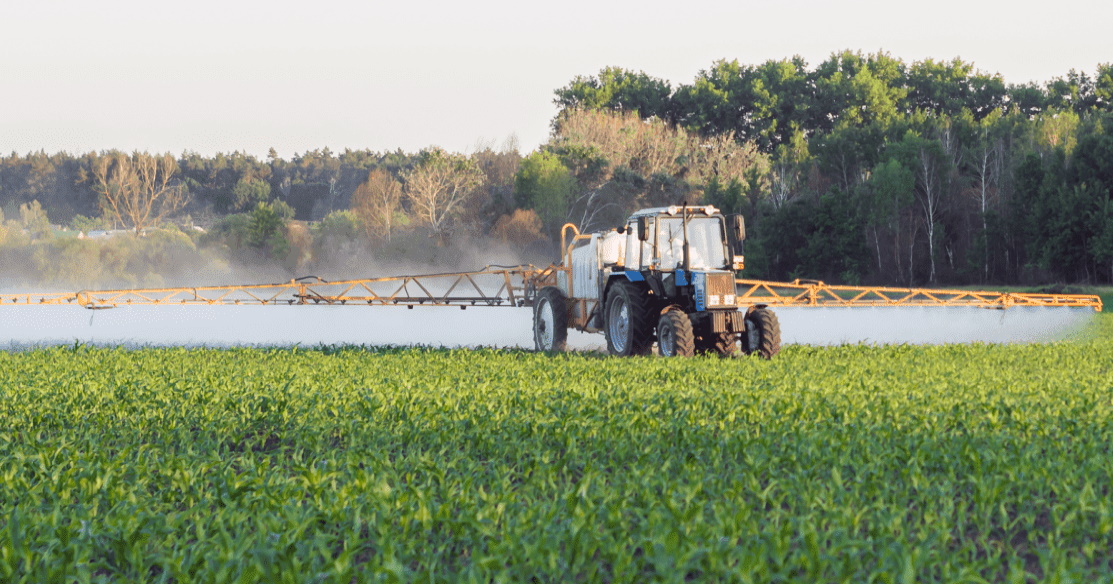Pros and Cons of Strip Cropping
- Written by NewsServices.com

Strip cropping is an important technique for increasing the soil-protective role of crop rotations. It implies planting strips of crops with different soil-protective capacities. This technique makes it possible to reduce the manifestation of erosion processes, exclude soil cultivation along the slope, and create conditions for the effective use of soil fertility.
The width of the strips is important in determining erosion control: the wider the strip to be treated, the less the anti-erosion effect. However, narrow lanes could greatly complicate field activities that require the use of large vehicles.
In fields subject to water erosion, the width of the strips is determined depending on the steepness of the slope and the possible alternation of crops. Strip cropping and fallows are also used on lands prone to wind erosion. For light soils, it is recommended to alternate grain crops and fallow with perennial grasses equal in strip width.
Ultimately, the soil-protective crop rotation practices, including strip cropping, are based on the property of some agricultural crops to protect the soil from erosion in combination with special methods of tillage and placement.
Different agricultural crops have different soil protection properties, depending on the density of the grass stand, the power of plant development, the number of plant residues left on the surface of the field, the length of stay in the field, the cultivation technology, and the effect of crops on the soil structure (nutrients and moisture content). For instance, perennial grasses have proved to have the greatest soil-protecting ability. Covering the soil throughout the year, they reliably protect the land from erosion, although the density of the grass stand decreases in autumn, winter, and spring.
In this piece, we will discuss how strip cropping works, what types of strip cropping are out there, and wrap it up with the pros and cons of this crop rotation practice to help you decide whether it’s a fitting option for your fields.
How Strip Cropping Works
For strip cropping to work, it’s critical to follow its basic principles:
-
Perform detailed accounting and analysis of agronomic features of eroded lands
-
Chose crops that provide the greatest soil protection and economic effect
-
Make sure the area selected for strip cropping corresponds to the technical capabilities of the cultivation of crops
-
Consider fertility, compatibility, density, and anti-erosion resistance of crops
-
Consider biological and economic feasibility
Types of Strip Cropping
Now, let’s see the main types of strip cropping you can perform on your fields.
-
Strip intercropping. The field is divided into narrow and contiguous strips to allow for a modern farm machinery movement and for the adjoining crops to take advantage of synergistic growth effects.
-
Field strip cropping. The crops are planted in parallel strips across uniform slopes, but not on the exact contour.
-
Contour strip cropping. Planting on the contour implies creating small ridges to slow down water runoff. In strip cropping, small grain or hay strips are planted to enable infiltration and sediment filtering, hence increasing water absorption and reducing water erosion threats.
-
Wind strip cropping. Planting tall-growing crops with low-growing crops in straight and long narrow parallel strips across wind direction to prevent wind erosion.
Pros of Strip Cropping
The variety of types and purposes of strip cropping only prove its efficiency on the field. Here are the key benefits this crop rotation practice has to offer:
-
Enhanced soil health and fertility
-
Reduced water pollution
-
Sufficient soil moisture levels
-
Better water infiltration
-
Higher yields due to increased crop productivity
-
Improved biodiversity
-
Reduced dust emissions
Cons of Strip Cropping
Despite undeniable benefits, strip cropping has its drawbacks too. Here are the main of them to consider:
-
The need to use additional field equipment for different crops
-
Short time period for application
-
Different plant needs and soil conditions for fertilizer application
-
Complication in using a no-till planter
-
Fitting different vehicles down the narrow rows
-
Higher equipment cost due to row strips width
To perform strip cropping on your field successfully, take into account your field specifics (location, soil type, and health, elevations), the crops you want to plant, and the pros and cons you may face before making the final decision.





